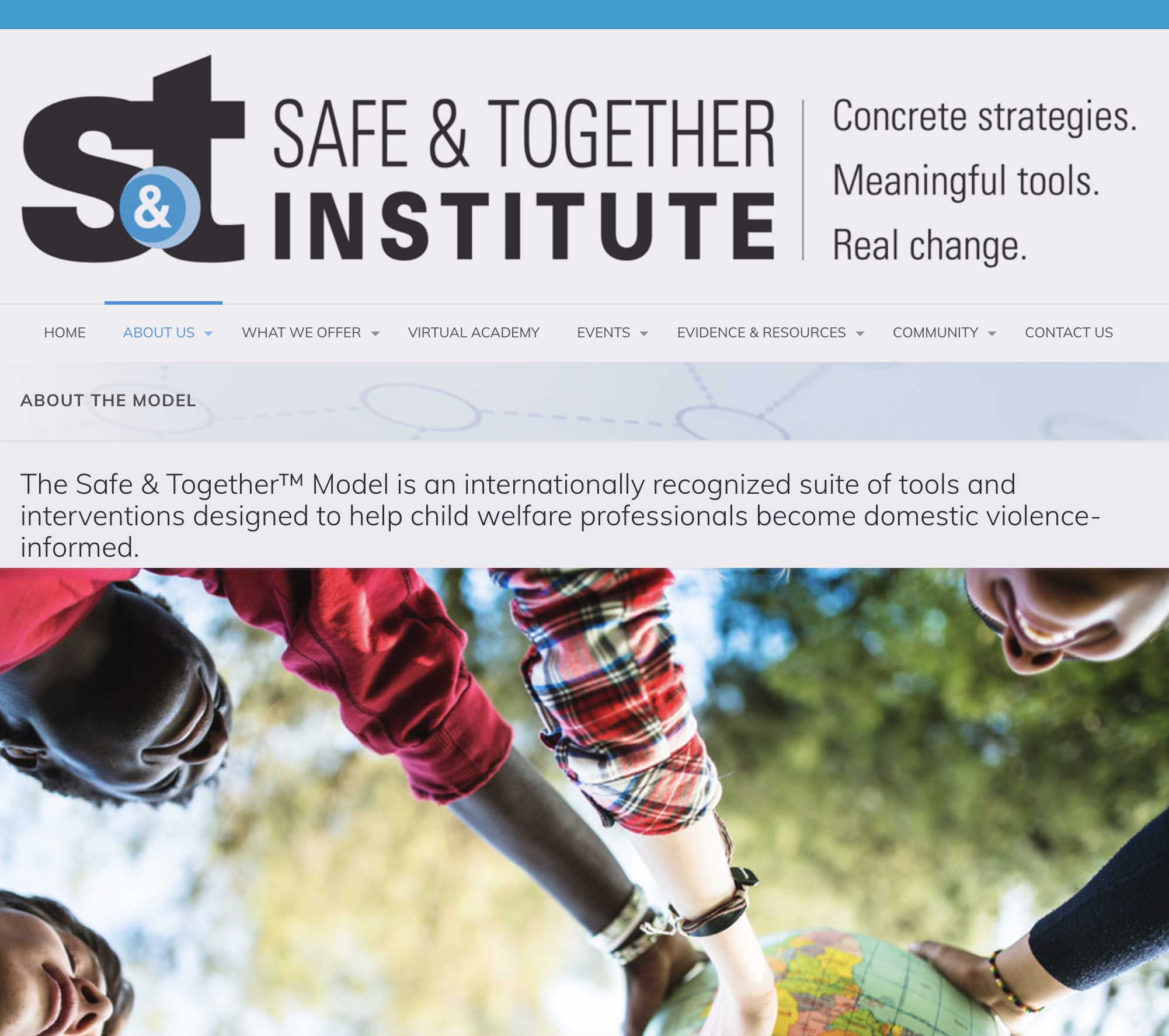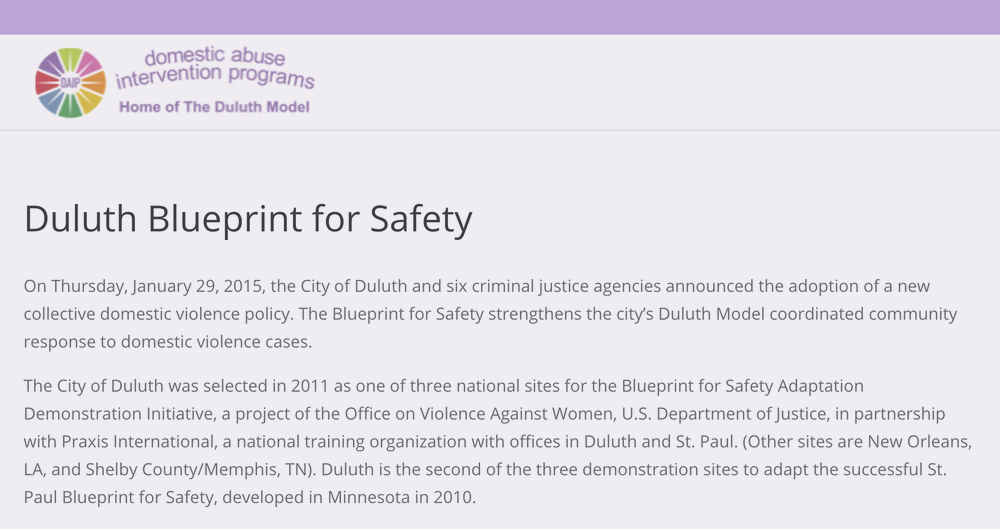The “Signal for Help” is a tool to help those experiencing gender-based violence, created by the Canadian Women’s Foundation. It’s a simple one-handed gesture someone can use, without leaving a digital trace, to communicate they need someone to safely check in and support them.
Michael Johnson's Typology of Domestic Violence
Michael Johnson, Emeritus Professor of Sociology, Penn State University – has done extensive research and has proposed that there are three major types of intimate partner violence (IPV) which differ dramatically from each other – in their dynamics, their development and their consequences. Understanding these dynamics helps truly understand the gendered nature of this violence and leads to more meaningful interventions.
A Peacebuilding Framework
Applying a Peacebuilding Framework to Gendered Partner Violence in Rural Canada
Nancy M. Ross, Dalhousie University
This article describes a case study into the perceptions of cultural and structural causes of gendered partner violence identified by research participants living rurally in one region of Eastern Canada. The research portrayed in this article is informed by a critical peacebuilding framework and feminist theory within a critical realist ontology. It explores the ways in which a peacebuilding framework may contribute to the study of genderbased violence by deepening and broadening an analysis of the causes of interpersonal violence.
Imagining a Non-Violent World: "The Be the Peace, Make the Change Project"
Imagining a Non-Violent World "The Be the Peace, Make a Change Project": A Rural Community Peacebuilding Initiative to End Gender-Based Violence
Nancy M. Ross, Dalhousie University
This article will profile the innovative community engagement process initiated by the "Be the Peace, Make a Change" project to end gender-based violence in Lunenburg County, Nova Scotia, and conclude with lessons learned. These lessons were summarized as "headlines" to imagine a future with new narratives for interpersonal relationships. This project was a three-year grassroots initiative of Second Story Women’s Centre, funded by Status of Women Canada. It engaged the rural communities of Lunenburg County to develop a coordinated response to violence against women and girls. It focused on the engagement of all genders, youth, and adults in exploring and implementing the visions, hopes and actions identified as priorities by the community within a peacebuilding framework. Community was broadly defined to include: survivors of relationship violence; professional service providers in healthcare, community services, policing and justice; municipal and provincial government; community-based services; educators and schools; clergy; and any interested citizens. The need to alter the cultural and social roots that sustain violence was recognized. A focus on building trusting partnerships both locally and provincially, inclusion of men and boys, engaging schools and youth and the justice systems, as well as survivors were hallmarks of the project.





